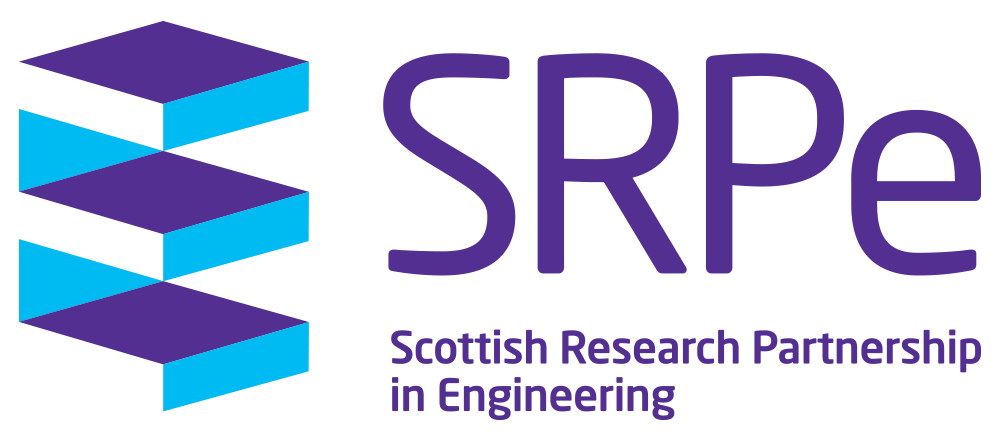Process Developments for Sustainable Electrochemical Machining (SECM)
Institution: Glasgow Caledonian University
Academic Supervisor: Professor Anjail DeSilva
PhD Student: Prabodha Jayasinghe
Industrial Partner: Precision Tooling Ltd
Summary
Electrochemical Machining (ECM) is an advanced manufacturing process, originally developed in the1950s-60s, which uses electrolysis to machine aerospace material that are difficult to cut using traditional machining. ECM has established itself in niche areas in aerospace and automobile manufacture of metal parts due to its ability to machine any metallic alloy; zero tool wear; excellent surface finish with no residual stress or heat induced surface damage. However, its wider adoption in industry is limited by the need for acid based electrolytes and the generation of toxic by-products, which pose environmental and safety concerns.
The aims and objectives of the project were to develop methods to neutralize the toxic by-products, improve overall safety in industrial environments, and enhance the recyclability of the electrolytes used in the ECM process.
By addressing these issues, the research seeks to enable a more sustainable and efficient ECM process that is acceptable for the precision component manufacturing industry, particularly for small and medium-sized enterprises (SMEs) that lack extensive R&D capabilities.
The overall aim of the research was to enhance the sustainability of the Electrochemical Machining (ECM) process, a specialized unconventional machining method that can machine any metallic material regardless of its mechanical properties such as hardness and strength. ECM material removal mechanism is the electrolytic dissolution from an anodic workpiece, the non-contact cathode tool electrode does not suffer any tool wear.
The industrial partner needed precision machining of hard metallic alloy components, and the only viable option being ECM. Despite ECM's advantages in component manufacturing, its major downside is the formation of sludge which can contain toxic elements, such as hexavalent chromium (Cr+6).
The project developed methods to reduce Cr+6 to its benign form, trivalent chromium Cr+3, and also to separate metallic by-products from the used ECM electrolyte. The research was conducted in four main phases. Firstly, industrial experiments were carried out to gain insights into the ECM process and to identify sustainability and health issues related to Cr+6 and other metal ions (Ni, Co, Mo, Fe). These were then augmented with laboratory experiments in phase two: Investigated chemical reduction methods for Cr+6 using reducing agents- sodium metabisulfite, ascorbic acid and oxalic acid. Other techniques such as electrocoagulation was also explored as an alternative method. Chemical precipitation methods were then developed to remove metal ions from the spent electrolyte.
Final industrial application study analysed the impact of Cr+6 reduction methods on the ECM process, focusing on parameters such as machining error, surface quality, and tool wear. An ECM testing bench was created to evaluate the applicability of Cr+6 reduction and chemical precipitation methods for ECM of different alloys.
Key Results/Outcomes
Ascorbic acid reduced 98.5% of Cr+6 in the electrolyte within 2 minutes at a 500 mg/L dosage. This quick reaction time makes it appropriate for emergency scenarios, such as electrolyte spills, maintenance and operational activities to mitigate health and safety risks.
Sodium metabisulphite was also identified as an effective reducing agent for Cr+6, with higher reduction rates at higher temperatures (40°C vs 16°C).
The chemical precipitation method separated chromium(97%), cobalt(92%), and nickel(90%) from the spent electrolyte; however, molybdenum remained resistant to precipitation.
Industrial application tests revealed that Cr(VI) reduction methods using ascorbic acid and sodium metabisulphite did not impact the ECM process.
The ECM electrolyte can be recycled up to 15 times when using the sodium metabisulphite treatment process, combined with the pending development of a molybdenum removal method.
Life cycle assessment (LCA) showed the developed electrolyte treatment method significantly reduced the environmental impacts of the ECM process across all impact categories by approximately 90% compared to untreated electrolyte.
Journal publications / awards / conference presentations
P Jayasinghe, S Sneddon, AA Gomez Gallegos, M Spicer, A K M De Silva (2023) “Methods for Electrolyte Treatment and Hexavalent Chromium Reduction in Industrial Electrochemical Machining (ECM)”, Electrochemical Society Meeting Abstracts 244, 1335-1335
S Sneddon, P Jayasinghe, A K M De Silva, AA Gomez Gallegos (2022) “Precision improvements in ECM via tool insert development by 3D printing”, Procedia CIRP, Volume 113, Pages 459-464
Papers in preparation – “Electrolyte Treatment using ascorbic acid in electrochemical machining” –submit in February 2025; “Assessment of environmental sustainability of electrochemical machining – March 2025.
Awarded first place in the Poster Presentation at the Graduate School Researcher Event held on March 8, 2023.
